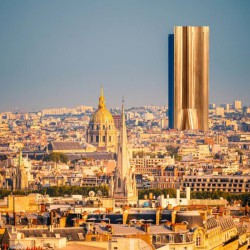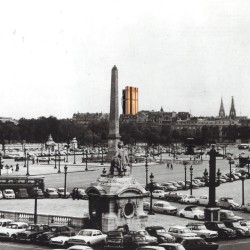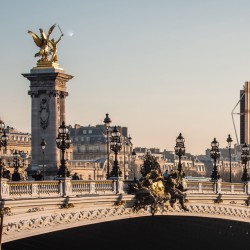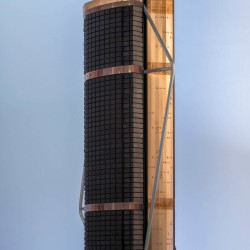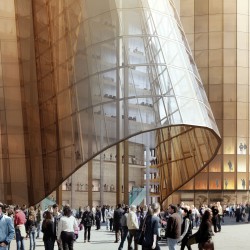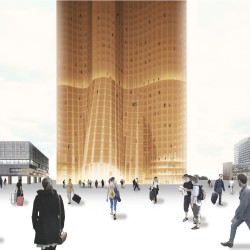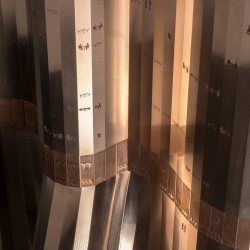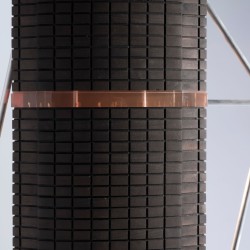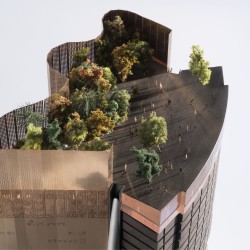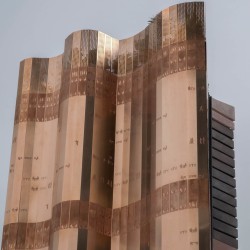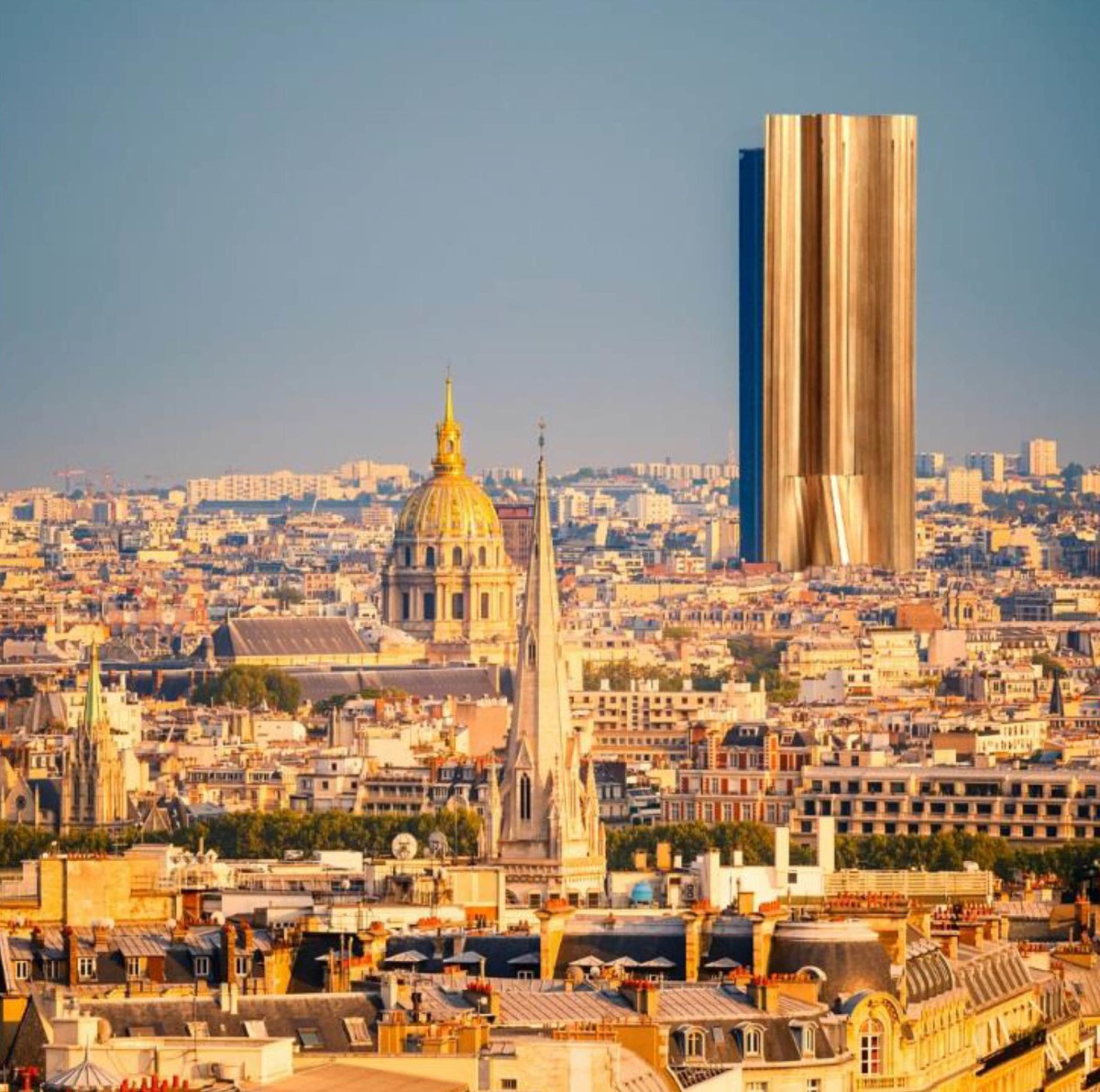
Skyscrapers are a special case in the history architectural longevity, and in the history of preservation. It is not because they are so hard to construct that many of them are still alive but because they are so hard to take down. They are around not because they deserve eternal life, but because they refuse to die.
_
That makes the renovation of Paris’ Tour Montparnasse so deeply interesting. The first – as far as we know – renovation of a tower that goes further than mere refenestration, offering a chance not only to reinvent this particular tower but to think of an entirely new model to face a common but perplexing issue: the redundancy of towers. The original Tour Montparnasse was in an impossible situation – to share the skies of Paris with the world’s most universal icon. Maybe wisely, it did not try to compete. It offered a respectable iteration of French Modernity in the seventies.
Half a century later, the present moment offers us a double opportunity: to make the tower a better place, offering more contemporary working conditions, facilities and spaces, to extend the offer of its public attractions, to create a more sympathetic relationship with the ground and its immediate context, but also, almost retroactively, to assume it’s rightful place next to the Eiffel Tower and to explore the current technological and esthetic repertoire for the creation of architectural meaning.
We propose a Janus-faced icon. The first face is familiar: the smoky brown curve of the original tower, subtly renewed by a façade that shows the increased technical sophistication of the glass industry; the second face is a movement of strategic undulations – multiple curves of bronze mesh sandwiched between glass plates that, internally offer radically new working conditions, and to the city a completely new identity that is ready to confront the icons of Paris ‘skyline.
The new façades create complementary environments for the ‘new work’ so that each floor offers classic and contemporary options. They are based on self-supporting structures’, so that readability is not compromised by over-ambitious structural solutions. The combination of these relatively straightforward steps enables us to vastly improve the urban environment on the ground, the public dimension of the top, the life in and of the building, and its performances as attraction for both Parisians and its visitors.

